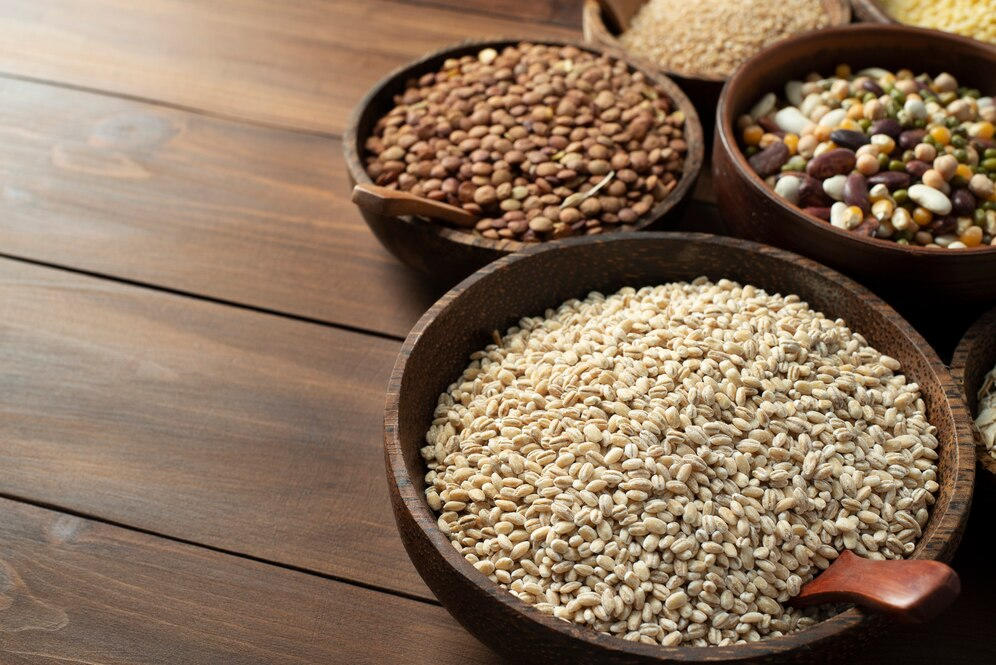All over the world, grains are the staple food in almost every household.
Mainly these grains are divided into three main parts:
-
The bran (the outer nutritious layer)
-
The germ (embryo, nutrient-rich part)
-
The endosperm (high in starchy carbohydrates)
So, basically, whole grains are the ones with all three parts in it. Typically, they are high in phosphorus, manganese, magnesium, selenium, fiber, and B vitamins.
Including whole grains in your diet can significantly improve digestion, boost energy, and provide long-lasting fullness. For those aiming to enhance their overall health or fitness goals, you can also complement your nutrition with supplements. Buy SARMs on Biaxol to explore a range of options designed to meet your dietary and wellness needs.
Let us explore further the whole grain choice that you can include in our diet.
The most versatile and popular cereal grain is whole wheat. It is the main ingredient used in couscous, semolina, baked goods, noodles, and pasta. It is also very popular due to its gluten content.
Though there are certain people who are allergic to gluten, if you are not one of them, you can enjoy whole wheat perks – as it is a great source of minerals, fiber, vitamins, and antioxidants.
Barley is a versatile whole grain that has been consumed for decades now. It may not be as popular as whole wheat, but it is very healthy to include it in your diet. Mainly, barley is available in two forms:
-
Whole barley
-
Pearled barley
However, you can take whole barley as whole wheat as it is not processed that much. On the other hand, pearled barley is rich in minerals like manganese, copper, iron, potassium, phosphorus, magnesium, and zinc.
A South American grain – Quinoa, is known as a superfood. This is an ancient grain that is packed with healthy fats, protein, minerals, and vitamins, and this nutrient content is more than what you can find in whole wheat.
Not only this, but quinoa is also a great antioxidant, as are kaempferol and quercetin. These compounds have the potential to eat the harmful molecules that are known to be linked with harmful diseases such as cancers and heart diseases.
In addition, quinoa is amongst the plant sources that contain proteins – meaning it contains all nine essential amino acids, thereby making it a great option for vegans and vegetarians.
If you are looking for a healthy alternative to white rice, you must choose brown rice. It is because brown rice is whole grain while white rice has both germ and bran removed.
Since brown rice contains all three parts of the whole grain, they contain more fibre content, antioxidants, minerals, and vitamins. Plus, they are gluten-free, making them a good choice of carbs for a gluten-free diet.
You are familiar with corn or maize, right? Typically, they are found in every household in any form. And the interesting part about their popularity is that they are a more grown food crop than that wheat and rice.
Yellow corn contains plenty of essential nutrients, such as:
-
Phosphorus
-
Magnesium
-
Manganese
-
Vitamin Bs
-
Zinc
-
Copper
-
Potassium
Not only this, but the good thing is it also contains the antioxidant Zeaxanthin. It is good for protecting you from cataract and degeneration – main reasons behind blindness.
Final Thoughts
Considering that you read up till to get to know how you can get the healthier version of yourself. Whole grains are nutritious and will surely help you get in shape and stay healthy and fit.







